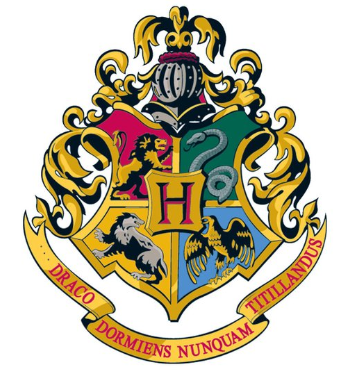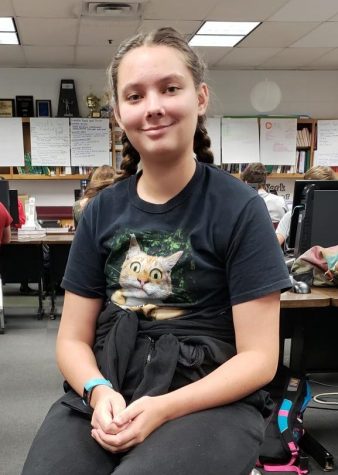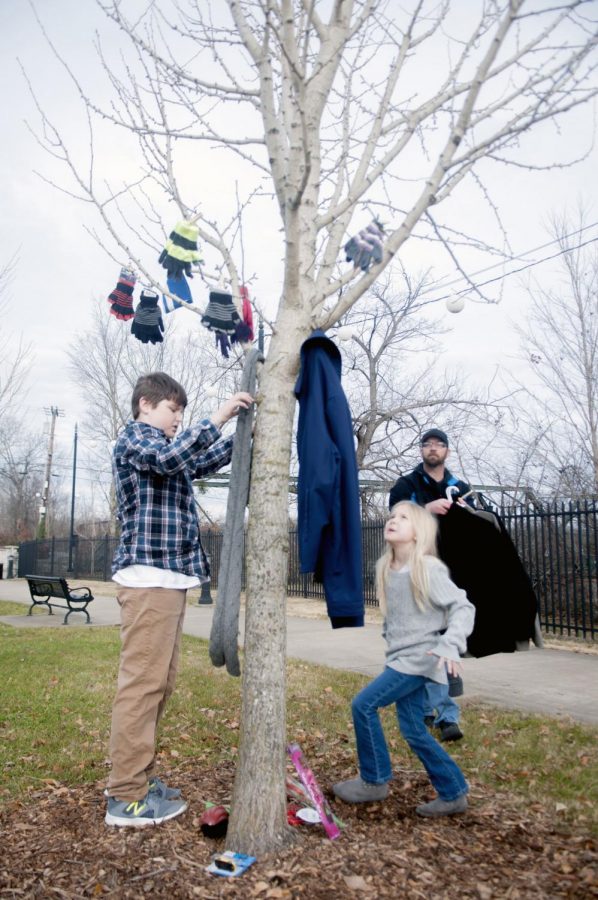Hogwarts’ Houses are Hogwash

October 3, 2018
The world of magic is commonly explored in writing, but none are as popular as J.K. Rowling’s Harry Potter series. As young witches and wizards must be trained somewhere, Rowling walked the audience through Hogwarts School of Witchcraft and Wizardry, or Hogwarts for short, located in England.
On the surface, Hogwarts seems like a safe place for students to learn about magic. Under its happy appearance, however, it becomes clear that Hogwarts is nowhere near as perfect as it seems at first glance. There is no hiding how segregated the houses are for the entirety of the series.
From the moment the young witches and wizards step off the train, they are separated by their characteristics. They have some, but very little, choice in where they get placed (as Neville wanted to be in Hufflepuff, but the Hat chose for him to be in Gryffindor). And although the intention was likely to put people that are similar together so that they don’t feel isolated, it would do nothing but encourage students to only talk to people like them.
Hagrid’s quote of “There isn’t a witch or wizard who went bad who wasn’t in Slytherin” is completely false, leaving Slytherin students as evil in the eyes of the other houses. Pettigrew comes from Gryffindor, Quirrell from Ravenclaw, Sirius Black (who, at the time of the quote, was considered the murder of 12 muggles and Peter Pettigrew) was in Gryffindor and in “The Cursed Child,” Cedric Diggory from Hufflepuff becomes a Death Eater. In Slytherin, there has been Merlin, Horace Slughorn, and Severus Snape, all of which went on to become great wizards.
Worst of all, students are encouraged towards this discriminatory behavior. Houses are set against each other through the many competitions throughout their years at Hogwart. Some are more friendly, like the Hogwarts Quidditch Cup, while others are much more hardcore, like the House Cup. In the House Cup, teachers can sway the results one way or another so that their house wins, leading to anger among the students, just as Snape does from the start of the series.
If the system of Hogwarts were to be reworked, it might be better to have the houses be by age range. The vast ages present at Hogwarts could cause problems with bullying and a feeling of superiority/inferiority. Having the students split into 11-12, 13-14, 15-16, and 17-18 for housing, meals, et cetera would be closer to the workings of a high school, where each age range mostly sees students of the same age, like the year ones being alone for classes, but can occasionally be put with someone slightly older, like year ones and twos being together for the nights. Not only this, but a single house could not be targeted as the “evil” house or the “good” house. Everyone would go through a time at every house.
As of the end of the Harry Potter series, Hogwarts has remained segregated and discriminatory. Gryffindor has remained “the good house,” Slytherin “the evil house,” Ravenclaw “the nerdy house,” and Hufflepuff “the friendly house.”



Abby Butts • Oct 29, 2018 at 3:03 pm
Man do I have some facts for you!
Maria Dodson • Oct 29, 2018 at 3:04 pm
This is a test of the bold function.